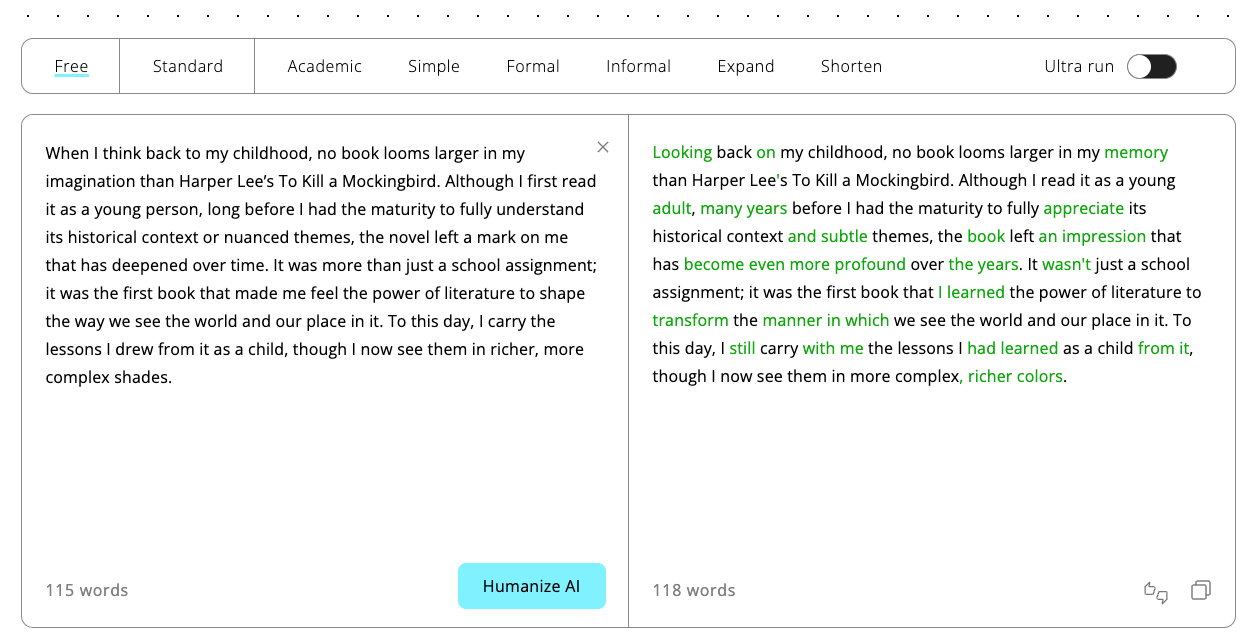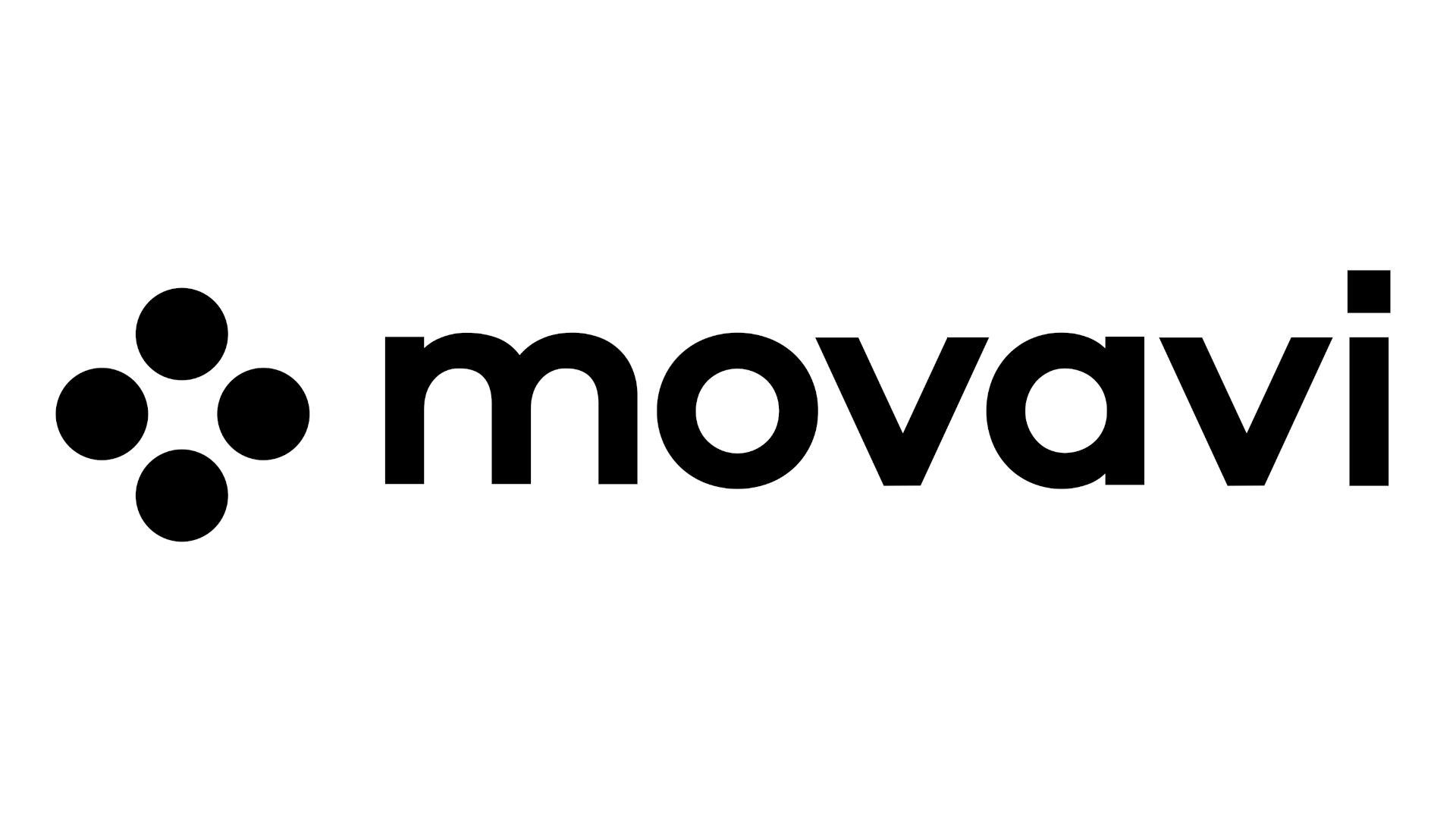AI Humanizers: Everything Teachers Need To Know
Humanizers are AI tools meant to change AI text and make it sound more human. These can be used by students in attempts to pass off AI writing as their own.

Humanizers are AI tools specifically designed to make AI-generated writing appear more like a human wrote it. These tools are becoming increasingly common and marketed to students, sometimes with explicitly stated promises that using one will allow their AI-generated work to escape being flagged from AI detection tools and fool educators into thinking the AI-generated work is authentic.
I tested several AI humanizers to see how my students might be using these to fool me into grading AI-generated work. I learned that although it tends to make the writing better, it still often reads as AI to me. Formal AI detectors were only sometimes fooled by the use of humanizers.
Because humanizers are primarily used for AI cheating, I won’t be naming specific companies in this story, but here’s a closer look at what I learned and everything educators need to know about AI humanizers.
What Are AI Humanizers?
AI humanizers are AI models designed to read text and search for commonly generated AI phrases and stylistic tendencies and then suggest less common phrasings and alternatives. The idea is that this process “humanizes” AI text, making the writing more casual by adding contractions or less formal phrases.
The way the tools work is someone would generate writing from their favorite AI model, and then copy and paste that text into a humanizer, which then suggests a rewrite.
AI humanizers have become more common over the last few years. These tend to target students looking to avoid getting flagged from AI detection tools, but I suspect these also will find use from those who are using AI-generated text for their emails and other written communications.
What Do Humanizers Cost?
AI humanizers vary in cost, though there are many free options. Humanizing tools tend to follow a similar cost structure to major AI chatbots. Some access is free, but you often need to pay for more prompts and faster results as well as access to the most extensive versions of the technology.
Tools and ideas to transform education. Sign up below.
How Well Do Humanizers Work?
The AI humanizers that I tested arguably improved the writing, often making it more natural by adding contractions or eliminating stilted and overly formal phrases. But the result still looked to me like AI-generated content, if marginally better-written AI-generated content. And there were also nonsensical phrases inserted here and there that made the writing actually feel less human.
Below is a short example of a before-and-after paragraph generated with ChatGPT.
ChatGPT text about To Kill A Mockingbird pre-humanizer
When I think back to my childhood, no book looms larger in my imagination than Harper Lee’s To Kill a Mockingbird. Although I first read it as a young person, long before I had the maturity to fully understand its historical context or nuanced themes, the novel left a mark on me that has deepened over time. It was more than just a school assignment; it was the first book that made me feel the power of literature to shape the way we see the world and our place in it. To this day, I carry the lessons I drew from it as a child, though I now see them in richer, more complex shades.
After Humanizer (changes in bold)
Reflecting on my own childhood, there is no book that dwarfs my imagination as much as Harper Lee's To Kill a Mockingbird. Although I read it as a child, many years before I had the maturity to understand its historical context or its complex themes, the novel has taken up a place in my memory that has become more profound over time. It was not only a school assignment; it was the first book that I learned about the power of literature to determine the way we view the world and where we stand in it. To this day, I carry with me the lessons that I drew from it as a child, although I now see them in fuller, more vibrant colors.
Can Humanizers Really Prevent AI Detectors From Detecting AI Text?
In my experience, AI text that goes through a humanizer still reads as AI-written. Also, I didn’t find that the humanizers were particularly helpful in evading AI detection. The prompt generated above and others still got flagged by major AI detectors.
One AI humanizer didn’t seem to impact whether a piece of text would be flagged as 100% AI-generated. Another tool decreased the AI-generated score from 100% to 66%, which is better but not something that is truly reading as human-generated.
AI detection tools are also evolving to better recognize the role humanizers are increasingly playing in AI-generated text. In late August 2025, Turnitin announced in a press release that it had updated its AI detection tool to better flag writing created with the help of humanizers.
Bottom Line With AI Humanizers
The term “humanizers” sounds taken from the pages of a Philip K. Dick science fiction novel, and as a teacher who has seen far too many AI papers submitted, I was concerned about these when I first started taking serious notice. "Would these make detecting AI-generated work submitted in my classes even harder going forward?" I wondered. And worse, I had already read human-seeming student work that was, in fact, AI-generated.
After exploring humanizers while researching this story, I’m less worried. These tend to add more contractions, and make ChatGPT's and other AI models somewhat stiff prose more informal, but at least the writing examples I tested were not greatly improved by various humanizers.
Or to put it bluntly: Even with the help of humanizers, AI text generally doesn't feel that human.
Erik Ofgang is a Tech & Learning contributor. A journalist, author and educator, his work has appeared in The New York Times, the Washington Post, the Smithsonian, The Atlantic, and Associated Press. He currently teaches at Western Connecticut State University’s MFA program. While a staff writer at Connecticut Magazine he won a Society of Professional Journalism Award for his education reporting. He is interested in how humans learn and how technology can make that more effective.

